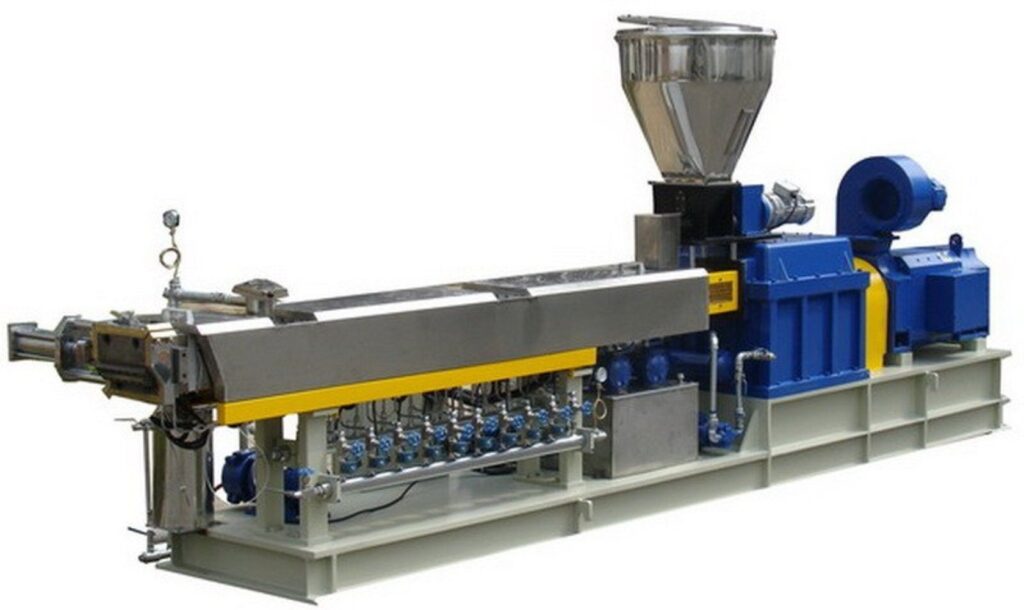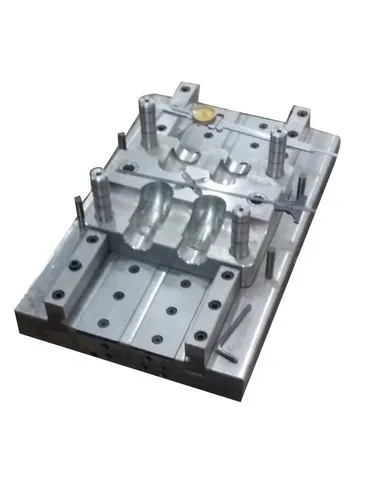
Automation is revolutionizing the PVC molding industry, driving significant advancements in efficiency, precision, and scalability. From production planning to the manufacturing floor, automation integrates robotics, artificial intelligence (AI), and advanced software to optimize every stage of the molding process. This transformation is particularly impactful in industries like construction, automotive, and consumer goods, where PVC molding is extensively used.
Key Benefits of Automation in PVC Molding
Enhanced Productivity
- Automated systems increase throughput by enabling continuous, high-speed production without manual intervention.
- Machine learning algorithms optimize cycle times, reducing downtime and maximizing output.
Improved Quality Control
- Real-time monitoring systems detect defects or deviations during production, ensuring consistent part quality.
- Automation minimizes human error, enhancing the precision of molded components.
Cost Efficiency
- Automated PVC molding reduces labor costs by streamlining operations and minimizing waste.
- Energy-efficient systems lower operational expenses over time.
Complex Design Capabilities
- Advanced robotic systems and computer-aided design (CAD) enable the production of intricate PVC parts with minimal errors.
- Automation facilitates multi-cavity molding and overmolding, expanding the range of design possibilities.
Safety Improvements
- Automation reduces the need for human involvement in potentially hazardous environments, enhancing workplace safety.
- Robotic arms and automated handling systems minimize exposure to high temperatures and toxic fumes.
Applications of Automation in PVC Molding
Injection Molding
- Automated injection molding machines precisely control variables like temperature, pressure, and injection speed to produce high-quality PVC parts.
- Robotics enhance part removal, sprue trimming, and packaging, streamlining post-molding operations.
Extrusion Molding
- Continuous monitoring systems adjust parameters such as feed rate and temperature to ensure uniform PVC profiles like pipes and window frames.
- Automated cutters and stackers improve efficiency in downstream operations.
Blow Molding
- Robotics ensure consistent parison formation and alignment, improving the production of hollow PVC products like bottles and tanks.
- AI optimizes cooling cycles to achieve faster turnaround times without compromising quality.
Compression and Calendering
- Automated compression molding improves the precision of large PVC parts like panels and flooring.
- Calendering systems with automation ensure uniform thickness in PVC sheets and films.
Technologies Driving Automation in PVC Molding
Robotic Arms
- Used for material handling, part removal, and assembly, robotic arms increase speed and accuracy in PVC molding operations.
Sensors and IoT Integration
- Real-time data collection from sensors enables predictive maintenance and immediate adjustments to molding conditions.
- IoT-connected systems provide insights into production trends, enhancing decision-making.
AI and Machine Learning
- AI-driven process optimization adjusts parameters dynamically, minimizing defects and energy consumption.
- Predictive analytics helps anticipate maintenance needs, reducing unplanned downtime.
Advanced Software Solutions
- Mold flow analysis and simulation tools optimize mold design, ensuring uniform cooling and reduced cycle times.
- Production management software automates scheduling, inventory tracking, and quality assurance.
Collaborative Robots (Cobots)
- Cobots work alongside human operators to perform repetitive tasks like trimming, labeling, and packaging, improving overall efficiency.
Challenges of Automation in PVC Molding
High Initial Costs
- The upfront investment in automated equipment and systems can be substantial, posing a barrier for smaller manufacturers.
Training Requirements
- Skilled personnel are needed to operate and maintain advanced automated systems, necessitating investment in workforce training.
System Integration
- Integrating automation with existing manufacturing processes can be complex and time-consuming.
Rapid Technological Advancements
- Keeping up with the latest technologies and upgrading equipment can be challenging in a fast-evolving industry.
Future Trends in Automated PVC Molding
Smart Factories
- Fully automated and IoT-enabled facilities will allow seamless communication between machines, ensuring optimized production processes.
Sustainable Manufacturing
- Automation will support eco-friendly PVC molding practices by reducing energy consumption and waste generation.
Customizable Solutions
- Modular automated systems will offer flexibility for manufacturers to adapt quickly to changing market demands.
AI-Driven Innovations
- Advanced AI systems will enable autonomous decision-making, further minimizing human intervention and maximizing efficiency.

